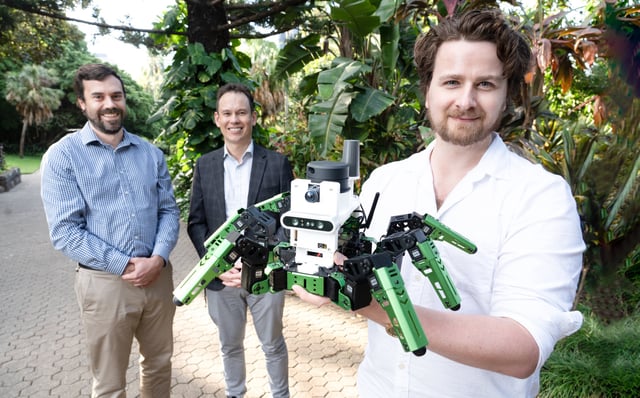Overview
- The LENS (Locational Encoding with Neuromorphic Systems) platform operates with under 10% of the power required by standard navigation systems, slashing visual localization energy demands by up to 99%.
- In a field trial, LENS guided a robot over an eight-kilometre route using just 180 kilobytes of memory, about 300 times less than conventional approaches.
- An event-driven camera captures only pixel-level brightness changes in real time while a compact spiking neural network processes data through brain-inspired electrical spikes.
- Researchers envision LENS empowering autonomous missions in search and rescue, deep-sea monitoring and extended space exploration by prolonging robot endurance in power-limited settings.
- The breakthrough marks a practical leap in neuromorphic computing, joining developments such as Intel’s Hala Point as industry moves toward energy-efficient AI hardware.
